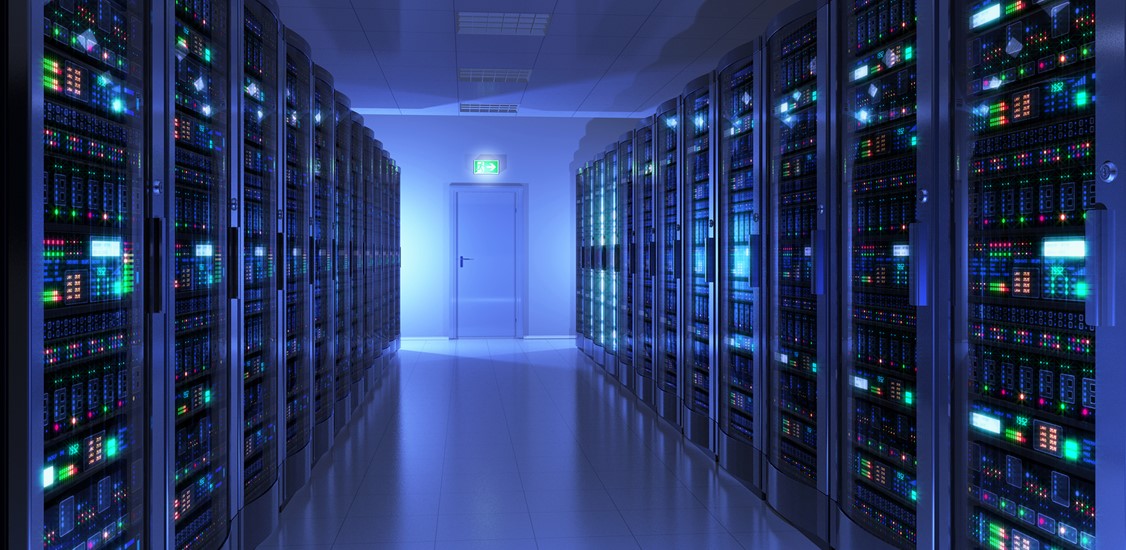New data analysis shows that by 2050, 2.8 billion people will live in areas of extremely high water stress—using more than 80% of their renewable water supply. Obvious uses, like agriculture and domestic activities, consume much of the world’s water, but there is an often overlooked factor: data centers. Each can use between one and five million gallons daily, largely for cooling. As data creation continues its astronomical trajectory, boosted by the explosion of artificial intelligence applications, the number of data centers, of which there are more than 5,000 globally, will balloon in kind. Today, there is a critical need for an industry transformation.
Data centers that can reliably host their teeming racks of terabytes without requiring excess amounts of water for cooling will be in high demand. Emerging technology that promotes sustainable operations such as waterless data centers must become commonplace to help reduce water consumption.
Waterless data centers will be at the heart of the industry’s growth
Water can be used in several ways within a data center, involving a broad set of components. Cooling towers, pumps and piping, chillers and heat exchangers can all contribute to decreasing the heat load from a data center. However, water saving should be focused only on processes which actually waste water.
Feeding the cooling system is not negligible in terms of water consumption. The process of generating electricity requires a substantial volume of water, and the amount needed varies depending on the specific method of generation employed. Currently, a large portion of electricity generation relies on methods that consume significant amounts of water.
Technologies such as adiabatic dry-coolers, cooling towers, evaporative coolers and hybrid coolers, which take advantage of the water evaporation to boost the system efficiency and reduce the overall energy consumption, could actually reduce the amount of water needed to produce electricity. However, as they can use a veritable river’s worth (25.5 million liters) annually, this effect is not such as to balance the overall water consumption.
Cooling systems which use economization can significantly reduce water use. Taking advantage of cold outdoor air temperature may allow the system to bypass the chiller and drastically reduce the annual energy consumption, which in turn decreases not only the carbon footprint of the data center but also the water required to feed the cooling system’s electricity demand.
Cooling mechanisms that remove heat by means of closed water circuits do not waste any water. Chilled water-cooling systems such as computer room air handlers (CRAH) are connected to chillers through water within a closed circuit and therefore they do not influence the overall water consumption. Even liquid cooling systems, which remove heat from racks through a thermally conductive liquid like water, are closed loop technologies. Since they permit a significant reduction the energy consumption due to high efficiency, they are the best candidates for new data centers in the near future if the goal is to reduce the overall environmental impact.
Digital tools and standardized metrics form a framework for reduced water consumption
However data center operators choose to decrease their water and energy consumption, they must make sure to measure their efforts. The Lawrence Berkeley Laboratory recommends tracking water consumption, evaluating chillers for replacement and identifying areas to upgrade infrastructure as ways to accomplish this. These activities all require digital tools for monitoring and measuring equipment performance and water usage. Mapping water usage to standard metrics, such as water usage effectiveness (WUE), total site water usage and even water usage in the supply chain will allow operators to benchmark their initiatives against the rest of the industry to track progress.
Wherever data flows, we can be sure water does, too. As the data center industry continues its exponential growth, data center operators must do their part to bring down energy and water consumption and ensure water-stress projections fall well below their predicted volumes.






















